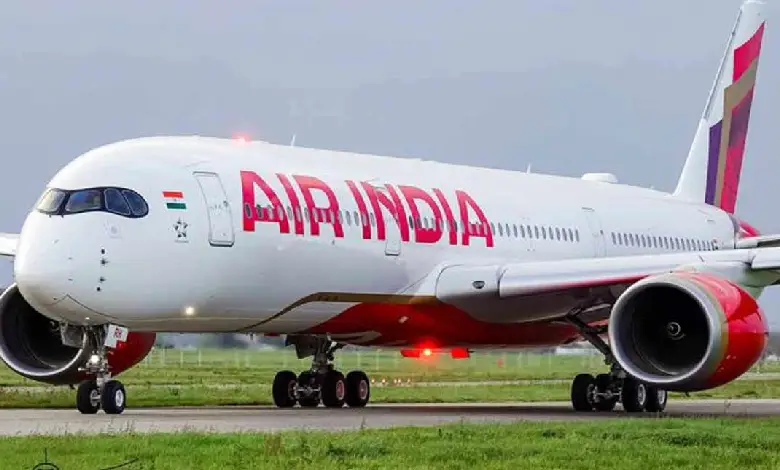Emergency Turbine Deploys On Air India Flight To UK, Plane Lands Safely

In a tense moment during descent, the emergency Ram Air Turbine on an Air India Boeing 787 activated unexpectedly, but the flight from Amritsar to Birmingham touched down without issue on October 4, 2025, according to the airline.
The crew of flight AI117 noticed the Ram Air Turbine—designed to furnish backup power through airflow in cases of dual engine shutdowns or complete hydraulic and electrical breakdowns—engaging as the plane neared the runway. Despite this anomaly, all vital electrical and hydraulic functions remained stable, enabling a routine landing at Birmingham Airport, Air India detailed in an official release on Saturday.
The carrier, under Tata Group ownership, emphasized that the deployment caught the pilots off guard but posed no immediate hazard. “The operating crew of flight AI117 from Amritsar to Birmingham on 4 October 2025 detected deployment of the Ram Air Turbine (RAT) of the aircraft during its final approach. All electrical and hydraulic parameters were found normal, and the aircraft performed a safe landing at Birmingham,” the statement read.
Air India has since sidelined the aircraft for a thorough technical review, leading to the cancellation of its scheduled follow-up service from Birmingham to Delhi. To support affected travelers, the airline is organizing alternative travel options, though it withheld specifics on passenger numbers aboard the original flight.
This episode unfolds against the backdrop of heightened scrutiny on the Boeing 787 fleet, following a catastrophic incident earlier this year. On June 12, an Air India Boeing 787-8, flight AI171 bound for London Gatwick, plummeted into a nearby medical facility mere moments after departing Ahmedabad, claiming 260 lives—241 of them passengers and crew.
India’s Aircraft Accident Investigation Bureau (AAIB) is leading the inquiry into that tragedy. Its July preliminary findings, spanning 15 pages, revealed that the plane’s engine fuel control switches were deactivated almost immediately post-takeoff. Cockpit audio captured one pilot questioning the action, with the other denying responsibility. Efforts to reactivate the switches proved futile as one engine’s slowdown persisted, sealing the aircraft’s fate within roughly 30 seconds of liftoff.
Potential triggers for such failures, including dual engine issues, hydraulic or electrical disruptions, or software glitches, are under examination in that probe. Boeing, the U.S.-based manufacturer, has offered no public commentary on what ranks among India’s most lethal aviation disasters in three decades.




